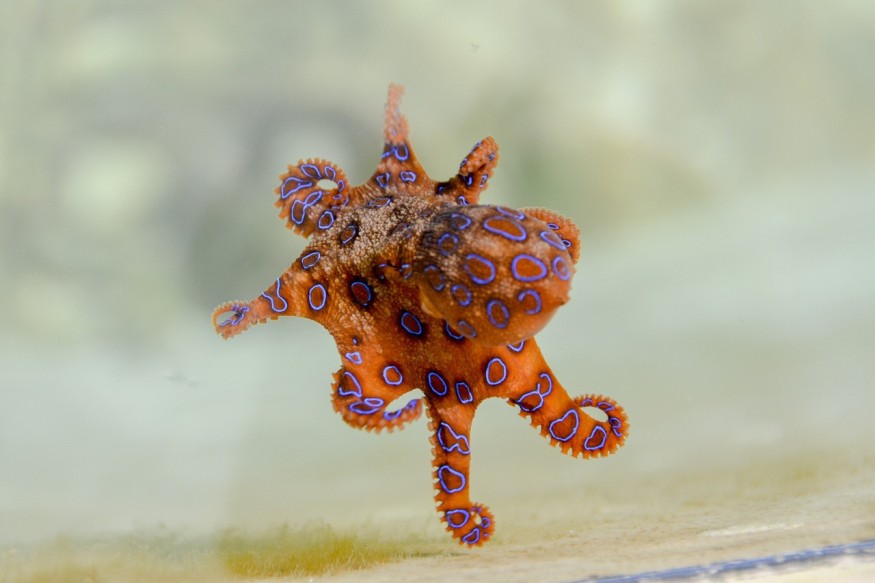
After being bitten by a blue-ringed octopus, which is considered one of the most toxic animals in the world, a teenager from Australia had a lucky escape.
Blue-Ringed Octopus Bites Teenager
Jacon Eggington, an eighteen-year-old, was swimming at Shoalwater Beach when he got a shell. Little did he know that the shell carried an unidentified blue-ringed octopus species.
Eggington kept the shell inside his pocket and brought it to the shore to show it to his family. When he removed it from his pocket to show it to his niece, he saw the blue-ringed octopus. He then dropped the shell on the floor.
After looking into his leg, Eggington discovered a painless small bite. He also started feeling unwell. Eggington was stretchered from the beach and brought to the hospital, where he received over six hours of treatment. The teenager was then released with expectations of fully recovering.
Blue-Ringed Octopus: One of the Most Toxic Animals in the World
Blue-ring octopuses comprise four different species. These are the common blue-ringed octopus (Hapalochlaena nierstraszi), the blue-lined octopus (Hapalochlaena fasciata), the southern blue-ringed octopus (Hapalochlaena maculosa), and the greater blue-ringed octopus (Hapalochlaena lunulata).
These blue-ringed octopuses are small enough to fit on the palm. However, they contain a strong neurotoxin known as tetrodotoxin. This neurotoxin does not have any known antidotes. It can lead to paralysis or death among humans in a matter of minutes, even if the doses are small.
Tetrodotoxin can also be found in pufferfish, frogs, and some newts. The toxin stops the nerves from muscle-signaling by blocking the channels of sodium ions. It quickly makes the muscles weak and paralyzed. This includes muscles necessary for breathing. Hence, attacks could lead to respiratory arrest and eventual death.
The toxin can immediately work or take hours to paralyze muscles. Hence, people who receive even small doses can end up dying between 20 minutes and 24 hours after the entry of the toxin into the body.
As tetrodotoxin does not have any known antidotes, healthcare providers offer supportive assistance or make use of a ventilator in cases where patients find it difficult to breathe.
The tetrodotoxin in blue-ringed octopuses is not created by the creatures themselves. Rather, a symbiotic bacteria that lives in the salivary glands of the creature produces it. The toxin can be found throughout the tissues of the octopus, which makes them creatures that are both venomous and poisonous. Because of this, individuals can get a lethal dose of the toxin by just touching the octopus.
RELATED ARTICLE : Deadly Blue-Ringed Octopus Spotted in Sydney Harbour
Check out more news and information on Animals in Science Times.












